
Ribes uvacrispa 'Hinnonmaki Rod' Rode Kruisbes Vertrouwd online kopen!
Ribes uva-crispa 'Invicta' (C/D) The RHS Award of Garden Merit (AGM) helps gardeners choose the best plants for their garden.. Ribes can be deciduous or evergreen shrubs, sometimes spiny, with simple, usually palmately lobed leaves and small tubular or bell-shaped, solitary or racemose flowers borne in spring or summer, followed by juicy.

Ribes uvacrispa 'Princettia', Stachelbeere 'Princettia'
Noted for its high yields, Ribes uva-crispa 'Pixwell' is a small, deciduous shrub that is vigorous and almost thornless. It boasts medium to large, tart, pink fruits which ripen in mid-summer. The gooseberries have a sweet flesh and contrasting tart skin. They are excellent for jam and desserts. This plant is self-fertile.
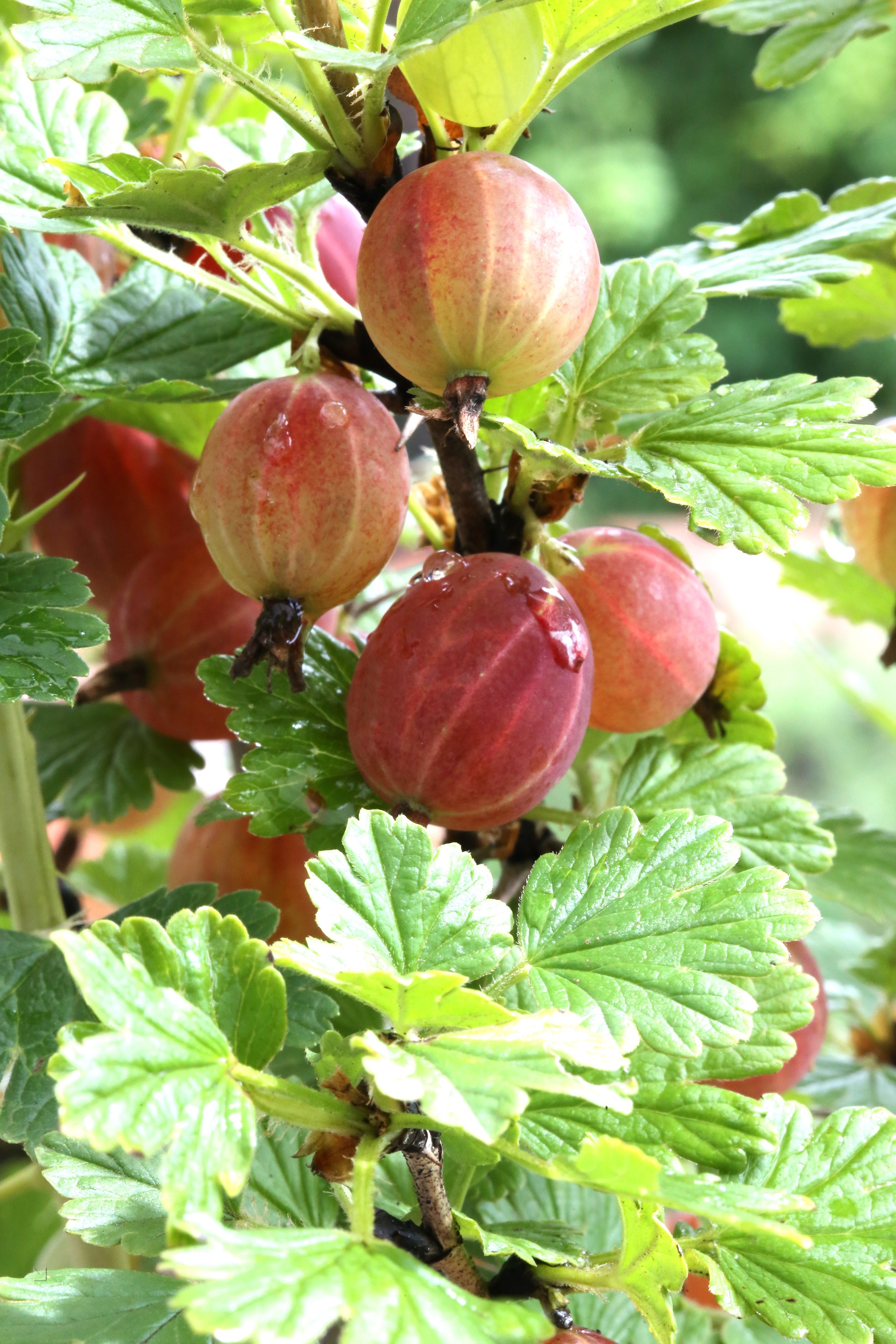
ribes uva crispa captivator BCM Baumschule Christoph Marken
Ribes uva-crispa, commonly called gooseberry, is a deciduous, spiny shrub native to northern Africa and Europe. Mature plants can reach up to 5' tall with a similar spread and take on a rounded form with a scrambling habit. The leaves have three to five deep lobes.
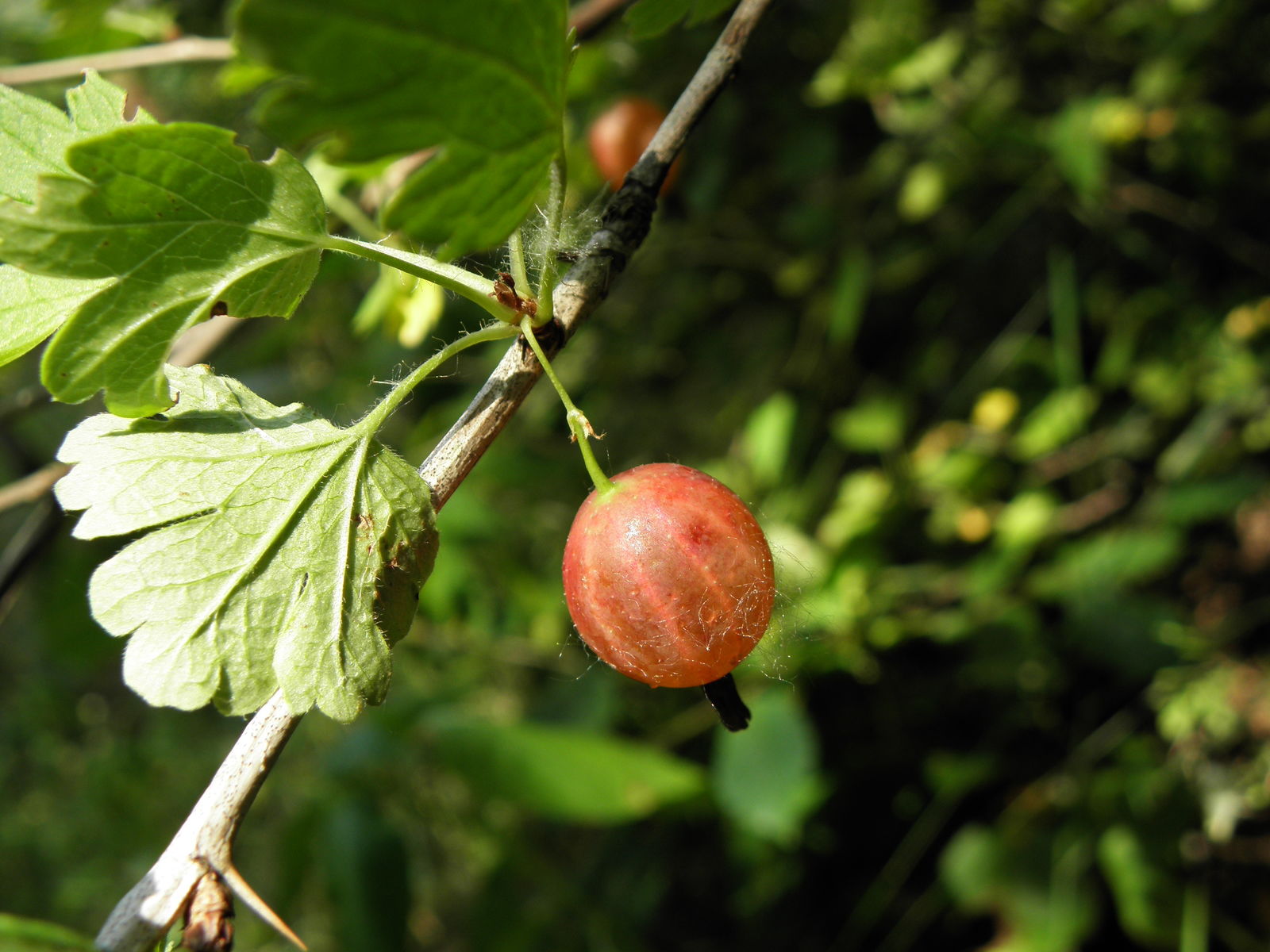
Ribes uvacrispa L. Plants of the World Online Kew Science
Ribes uva-crispa is a deciduous Shrub growing to 1.2 m (4ft) by 1 m (3ft 3in) at a medium rate. See above for USDA hardiness. It is hardy to UK zone 5 and is not frost tender. It is in flower from March to May, and the seeds ripen from July to September. The species is hermaphrodite (has both male and female organs) and is pollinated by Insects.
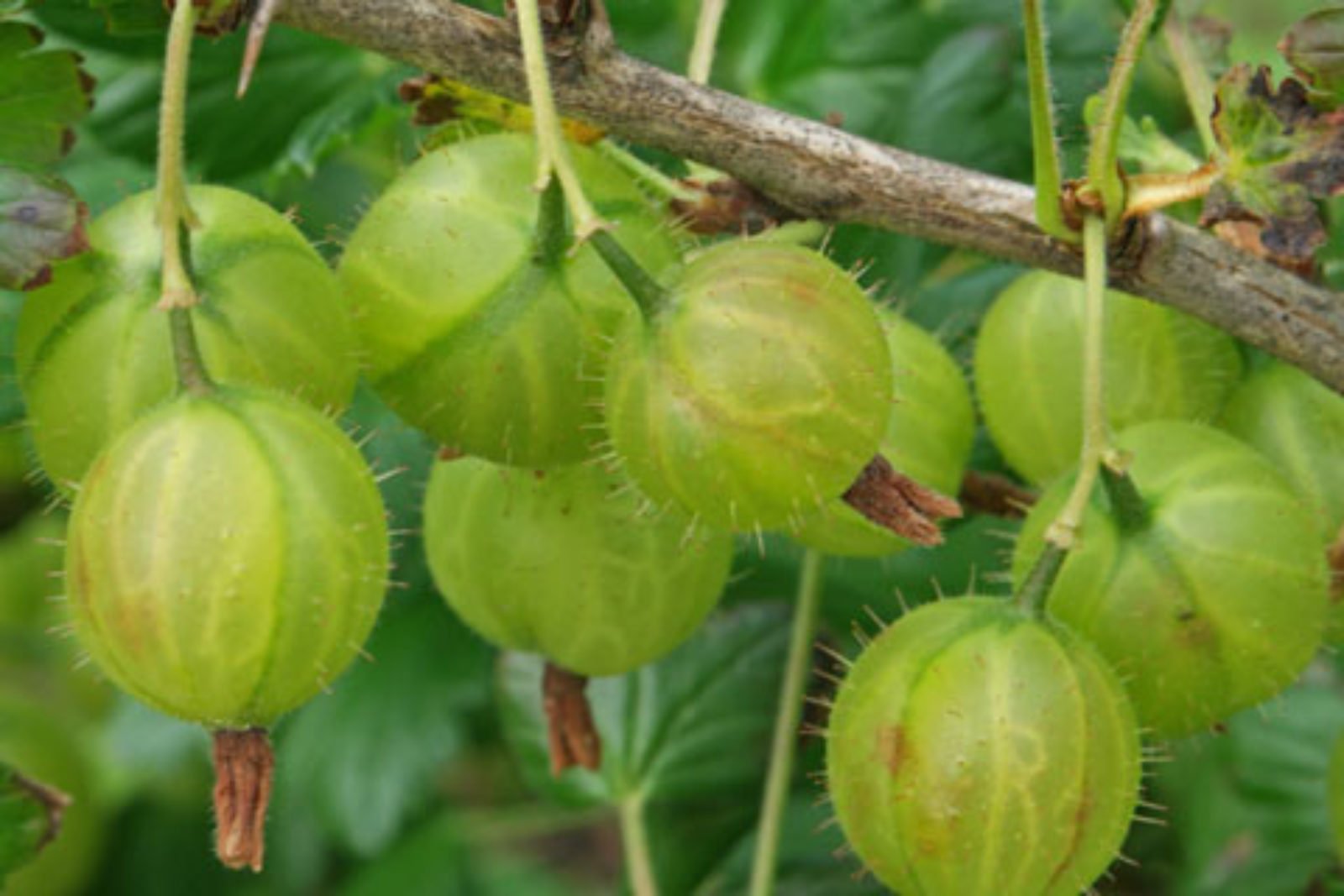
Ribes uvacrispa
Ribes uva-crispa L. First published in Sp. Pl.: 201 (1753) This species is accepted The native range of this species is Europe, NW. Africa, NE. Türkiye to N. Iran. It is a shrub and grows primarily in the temperate biome. Taxonomy; Images; General information; Distribution.

Ribes uvacrispa L. Plants of the World Online Kew Science
European gooseberry is a spiny shrub native to Great Britain south and east to the Caucusus region. It produces clusters of just a few pinkish-yellow flowers and unusual, bristly fruits that look like small, furry grapes. Despite their hairy-bristly covering, the fruits are edible either when green or (more sweetly) when fully ripened and red-pink.

Ribes uvacrispa 'Invicta', Stachelbeere 'Invicta'
Ribes uva-crispa, commonly called gooseberry, is a deciduous, spiny shrub native to northern Africa and Europe. Mature plants can reach up to 5' tall with a similar spread and take on a rounded form with a scrambling habit. The leaves have three to five deep lobes. Loose clusters of small, nodding flowers with strongly recurved, pink petals.
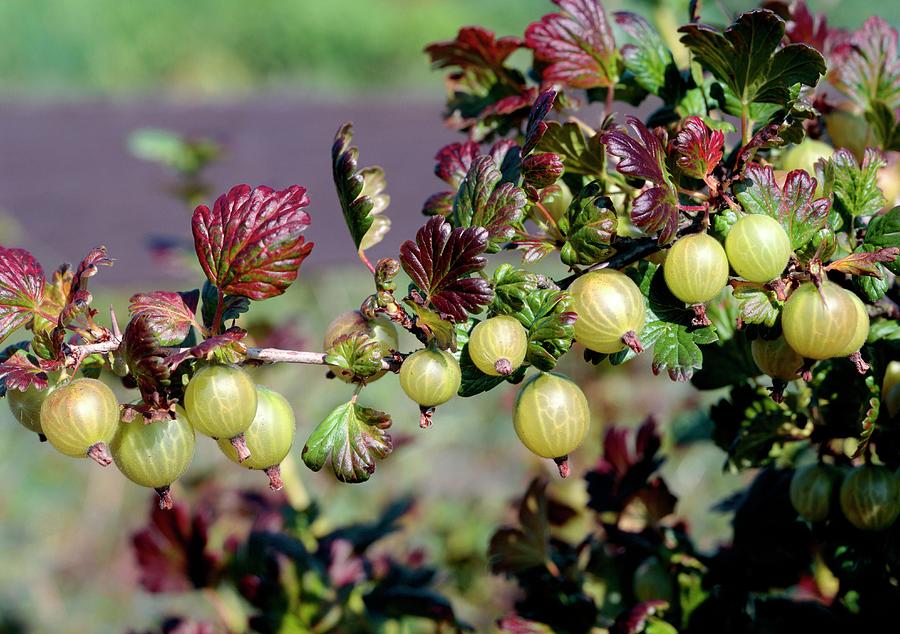
Ribes Uvacrispa Photograph by The Picture Store/science Photo Library
Ribes uva-crispa, known as gooseberry or European gooseberry, [2] is a species of flowering shrub in the currant family, Grossulariaceae. It is native to Europe, the Caucasus and northern Africa. [3] Gooseberry bushes produce an edible fruit and are grown on both a commercial and domestic basis.
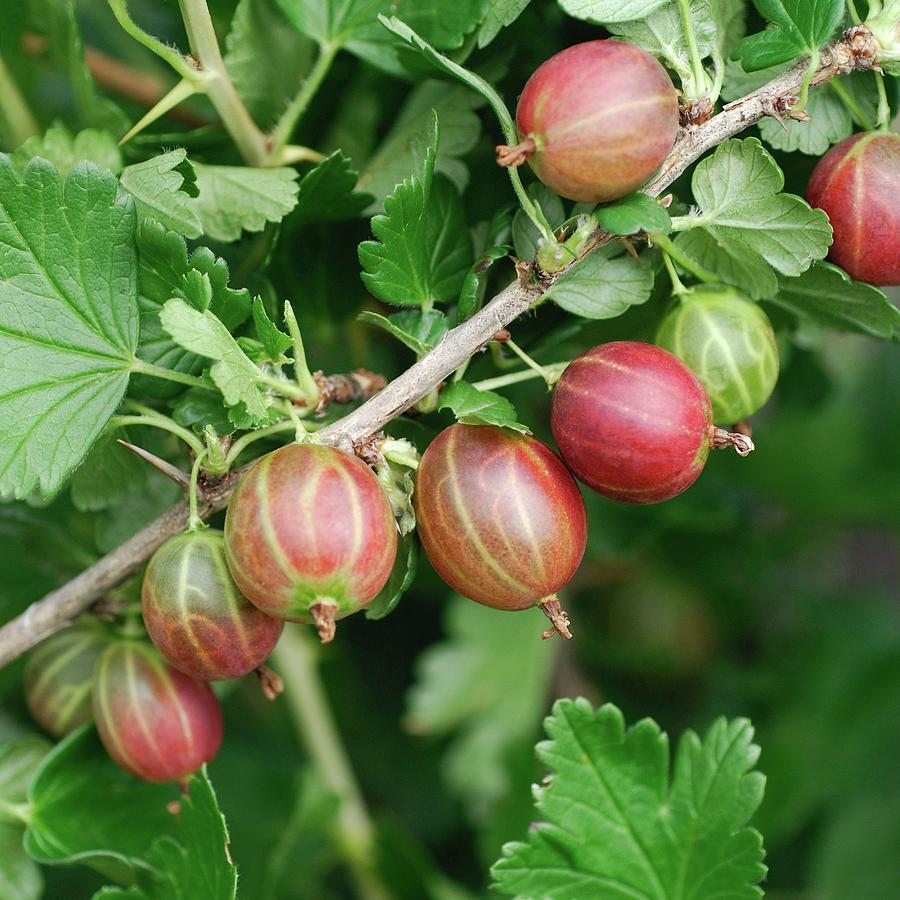
Gooseberry (ribes Uvacrispa 'redeva') Photograph by
Hybrid crosses between black current ( Ribes nigrum) and European gooseberry ( R. uva-crispa) are often called jostaberries. They are deciduous shrubs that typically grow 3-4' tall (less frequently to 6'). Growth habit more closely resembles the black current parent, but larger, reddish purple fruit (1/2 to 3/4" diameter) more closely resembles.
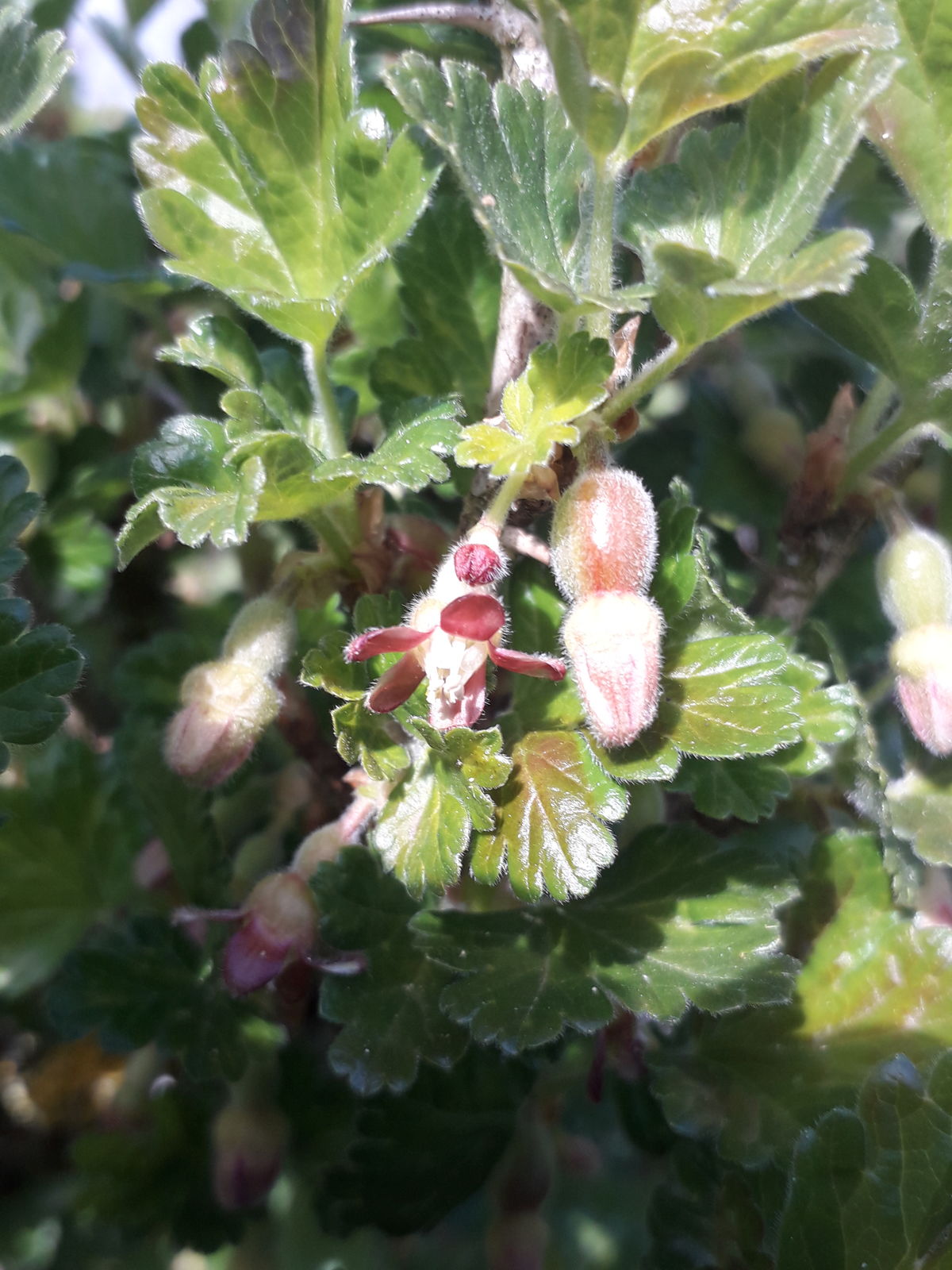
Ribes uvacrispa L. Plants of the World Online Kew Science
Sheltered. Plant match details will appear here. 'Invicta' is a fast growing deciduous shrub, with throny stems bearing deeply lobed leaves, inconspicuous green and pink-flushed flowers. This variety is mildew-resistant, and will tolerate more shade than other varieties.

Ribes uvacrispa (European gooseberry) Go Botany
A law introduced in 1926 and still in effect in some US states prohibits the cultivation of members of the Ribes genus, which includes gooseberries as well as black, red, and white currants because of white pine blister rust. How to Plant Gooseberries Nurseries usually sell gooseberries as bare root plants for early spring planting.
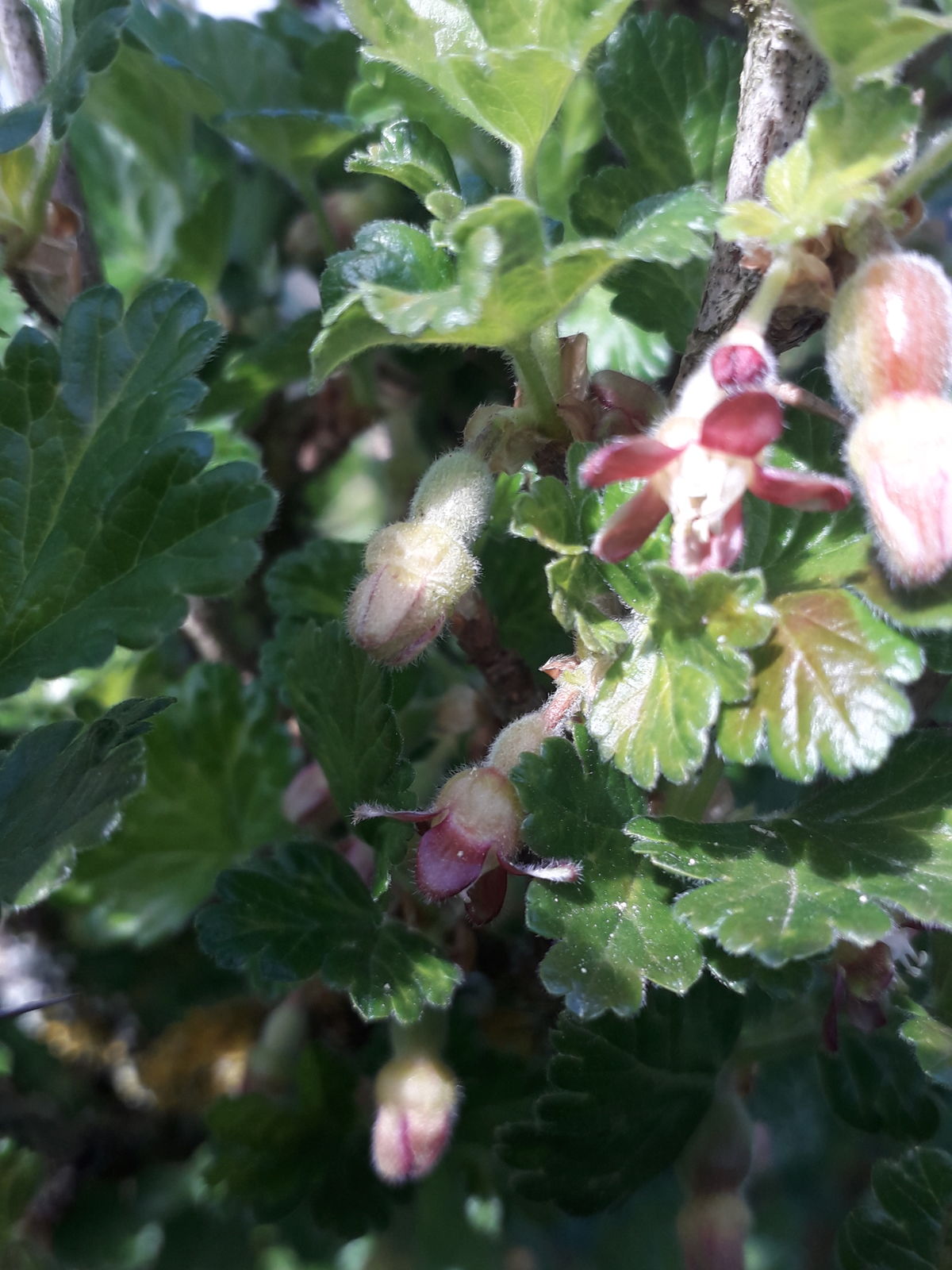
Ribes uvacrispa L. Plants of the World Online Kew Science
Ribes uva-crispa GooseberryFruitFamily: Grossulariaceae Height: 1.5m Spread: 1.5m Hardy Foliage colour: Position Soil Gooseberries are a staple of the British cottage garden. They're easy to grow and can thrive in many kinds of soil, as long as they're grown in full sun. Grow them as compact bushes or train them against a wall.
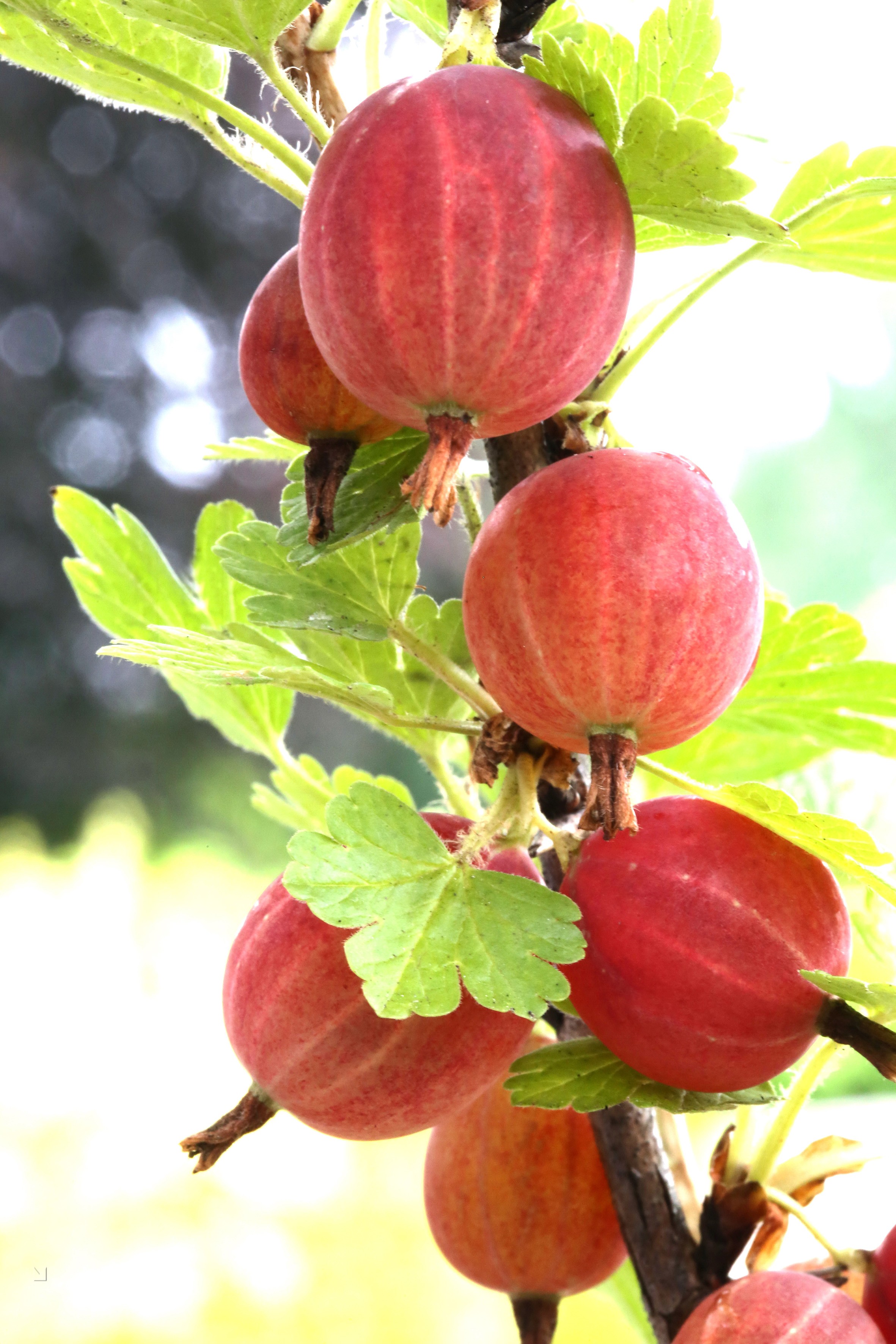
Ribes uva crispa larell Larel BCM Baumschule Christoph Marken
Gooseberries of American origin are Ribes hirtellum or hybrids derived from this species, while the European species is Ribes uva-crispa. Gooseberries are self-fertile, so you will grow plenty of fruit with just one plant. Gooseberries have translucent skin. Depending on the variety, it might be light green, pink, or even red when ripe..
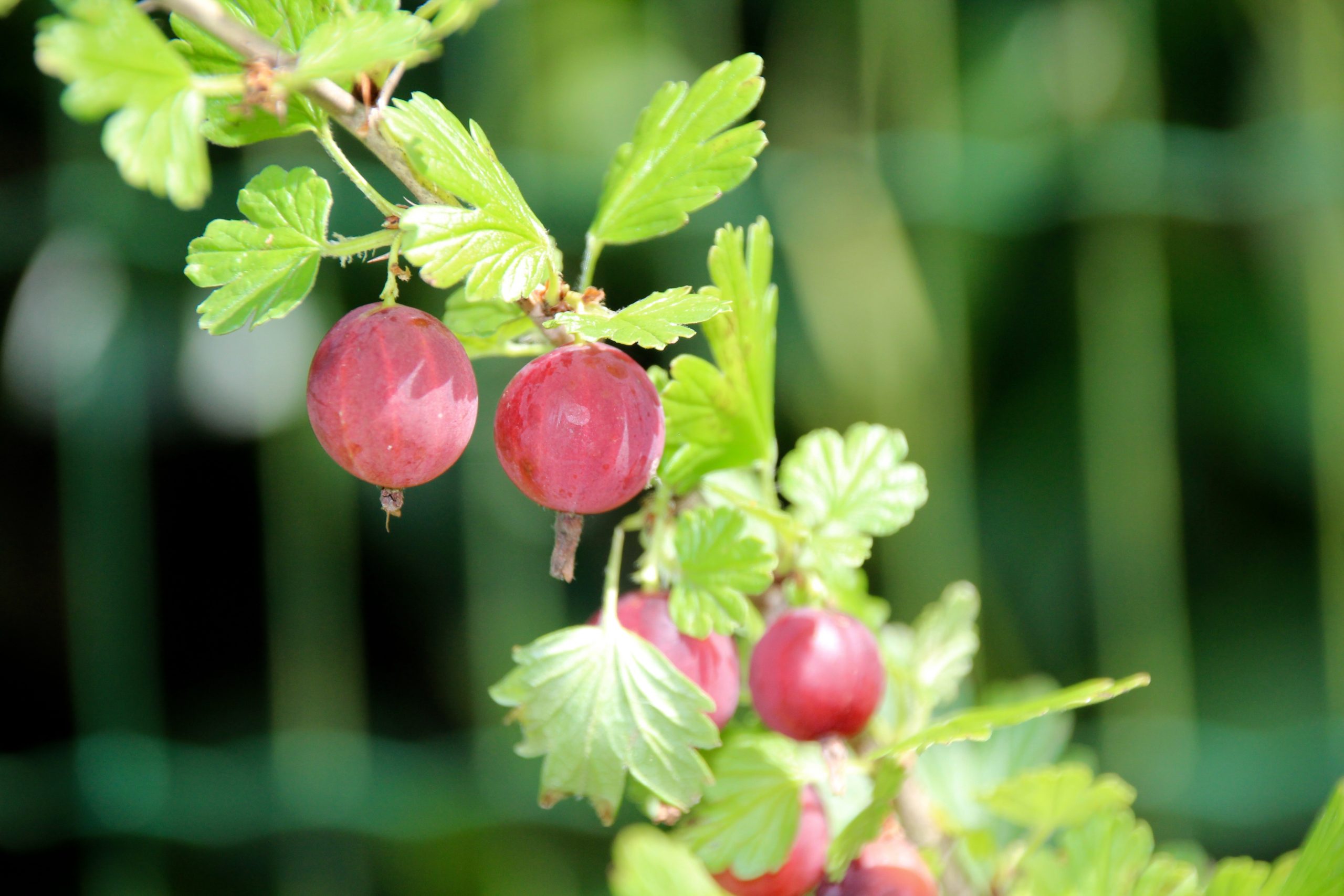
Ribes UvaCrispa Ricol Paysage Pépinières
Genus description. Ribes can be deciduous or evergreen shrubs, sometimes spiny, with simple, usually palmately lobed leaves and small tubular or bell-shaped, solitary or racemose flowers borne in spring or summer, followed by juicy, sometimes edible berries. Name status. Trade. Advertise here. Find help & information on Ribes uva-crispa Xenia.
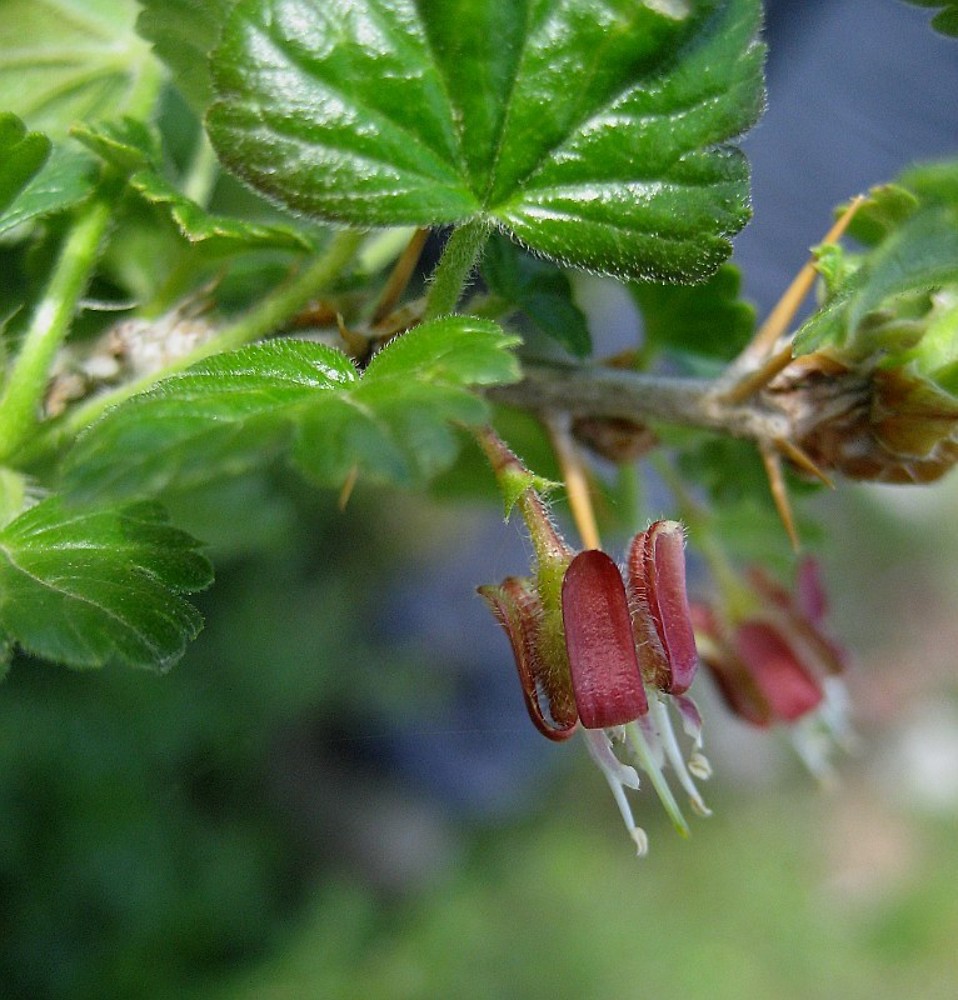
Ribes uvacrispa (European gooseberry) Go Botany
1. ]. Stems with stout nodal spines, often also bristly; lvs to 6 cm wide; hypanthium broadly campanulate above the ovary, 3 mm long and wide, pubescent; sep pubescent, spreading or reflexed, round-obovate, 3.5-4 mm, longer than the hypanthium; pet 2-2.5 mm long and wide; stamens and style nearly or quite equaling the sep; fr pubescent and.

Ribes uvacrispa BBC Gardeners World Magazine
Red berries of Ribes uva-crispa Gooseberry ( / ˈɡuːsbɛri / GOOSS-berr-ee or / ˈɡuːzbɛri / GOOZ-berr-ee (American and northern British) or / ˈɡʊzbəri / GUUZ-bər-ee (southern British)) [1] is a common name for many species of Ribes (which also includes currants ), as well as a large number of plants of similar appearance.